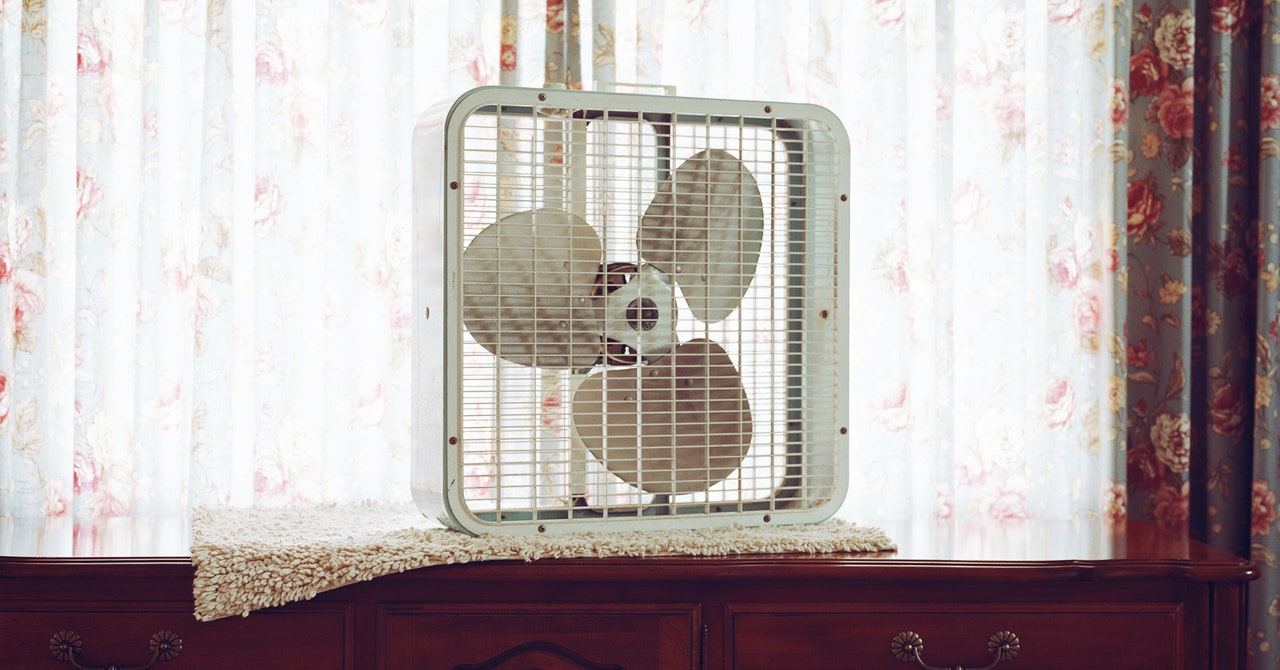A perfect storm of crises is forming across the United States. Above our heads, a “heat dome” of high pressure could blast 80 percent of the continental US with temperatures over 90 degrees for the next few weeks. This coming in a summer when the Covid-19 lockdown has trapped people indoors, many without air-conditioning—and mass unemployment may mean that residents with AC units can’t afford to run them. Deeper still, the heat and the pandemic are exacerbating long-standing and deadly inequities that will only get deadlier this summer.
A heat dome “is really just sort of a colloquial term for a persistent and/or strong high-pressure system that occurs during the warm season, with the end result being a lot of heat,” says climate scientist Daniel Swain of UCLA’s Institute of the Environment and Sustainability.
That high-pressure air descends from above and gets compressed as it nears the ground. Think about how much more pressure you experience at sea level than at the top of a mountain—what you’re feeling is the weight of the atmosphere on your shoulders. As the air descends and gets compressed, it heats up. “So the same air that’s maybe 80 degrees a few thousand feet up, you bring that same air—without adding any extra energy to it—down to the surface in a high-pressure system and it could be 90, 95, 100 degrees,” says Swain.
At the same time, a high-pressure system keeps clouds from forming by inhibiting upward vertical motion in the atmosphere. Oddly enough, it’s this same phenomenon that produces extremely cold temperatures in the winter. “If you don’t have that upward vertical motion, you don’t get clouds or storms,” Swain says. “So when it’s already cold and dark, that means the temperatures can get really cold because of clear skies, as things radiate out at night. In the warm season, that lack of clouds and lack of upward motion in the atmosphere means it can get really hot because you have a lot of sunlight.”
That heat can accumulate over days or weeks, turning the heat dome into a kind of self-perpetuating atmospheric cap over the landscape. On a normal day, some of the sun’s energy evaporates water from the soil, meaning that solar energy isn’t put toward further warming the air. But as the heat dome persists, it blasts away the soil’s moisture, and that solar energy now goes full-tilt into heating the air.
“So after a certain point, once it’s been hot enough for long enough, it becomes even easier to get even hotter,” says Swain. “And so that’s why these things can often be really persistent, because once they’ve been around for a little while, they start to feed off of themselves.”
Unfortunately for the southwestern US, this is likely to unfold in the next week or two. Normally at this time of year, monsoons would be drenching the landscape, but no such storms are on the horizon.

